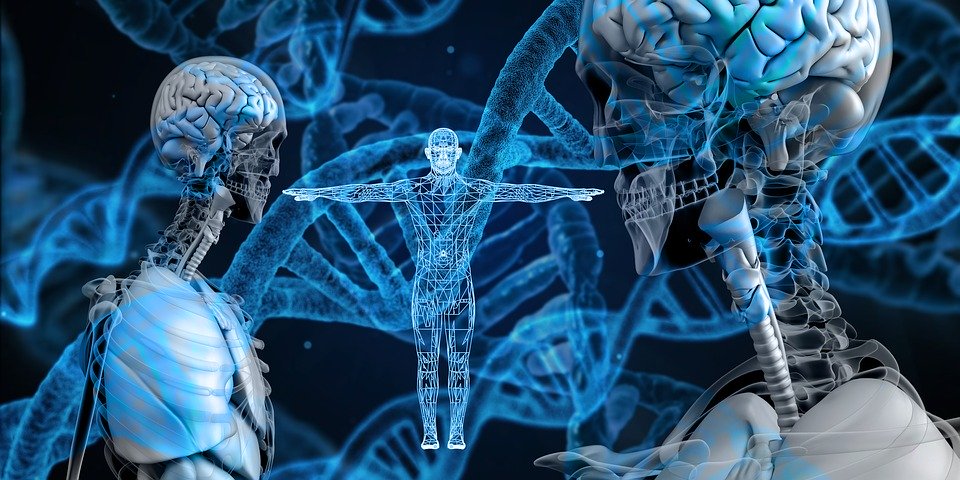
Molecular biology is an ever-changing field, and most significant developments have happened because of changes in plasmid DNA sequencing. A plasmid, a circular and small double-stranded DNA entity that replicates independently in bacterial cells, is at the centre of this development. This plasmid vector is important for transferring genes that confer host benefits, like the capacity to manufacture unique proteins or antibiotic resistance.
What a DNA Plasmid Entails
DNA plasmid depends on proteins and enzymes that the host of successful replication and transcription provides. It often contains genes which code enzymes that are important in a host cell in various situations.
Encode enzymes might be involved in the production of antibiotics or resistance to environmental toxins. Once it is purified, laboratories and researchers can use a DNA plasmid in various downstream applications, like PCR, gene therapy, transfection, protein expression, and sequencing, to name a few.
DNA Plasmid Properties
DNA plasmids have several unique properties that make them naturally unique. They are regarded as replicons containing the origin of replication. They also have antibiotic-resistance genes for bacteria survival that help them develop resistance against natural antibiotics.
Small plasmids are a few in number, and only one large plasmid is found in every bacterium. Plasmid sizes vary from several megabase pairs to Kelo base pairs, based on the kind of plasmid.
Sanger Sequencing vs. Whole Plasmid Sequencing
Unlike Sanger sequencing that depends on a primer to detect specific small regions, whole plasmid sequencing can sequence the entire molecule of plasmid with just one long read.
Every molecule in the received samples is sequenced, and that includes background genomic DNA or degraded plasmids. Laboratories and experienced researchers don’t use primers that target specific molecule types or regions.
Because of that, such researchers and laboratories are able to reveal any structural issues, which Sanger sequencing doesn’t detect. Plus, every relative read count for various molecular species can correspond to the actual proportions of species in a sample.
For instance, if you realize that consensus doesn’t align with your reference, it is possible that the construct you used is missing a few elements or contains mutations. This is normally a common outcome that whole plasmid sequencing reveals.
Performing Sequence Analysis
Verifying the sequence of crucial plasmid features, like deletions, point mutations, fusion proteins, and inserts, encompasses choosing one or several unique oligonucleotide primers, which flank regions of plasmids that you are looking to confirm.
Some experts recommend 3’ and 5’ sequencing primers. According to them, these primers anneal to DNA’s backbone and may help verify an insert's ends.
Applications
Especially whole plasmid sequencing method makes it much easier to analyze complex parts of genetic materials. Complex parts for sequencing often include GC-rich regions as well repetitive sequences, which aren’t present in the last data. Apart from sequencing difficult regions, other applications are:
- Identifying microbes
- Exploring structural instability
The Takeaway
Naturally, the dissemination of genes involves a few mechanisms and factors, like phages and plasmids. When it comes to genetic organization, plasmids possess the traits of both chromosomes and phages. However, more studies are required to focus on the networks’ regulation of conjugative plasmids with the aim of confirming the existence of organization in genomes.